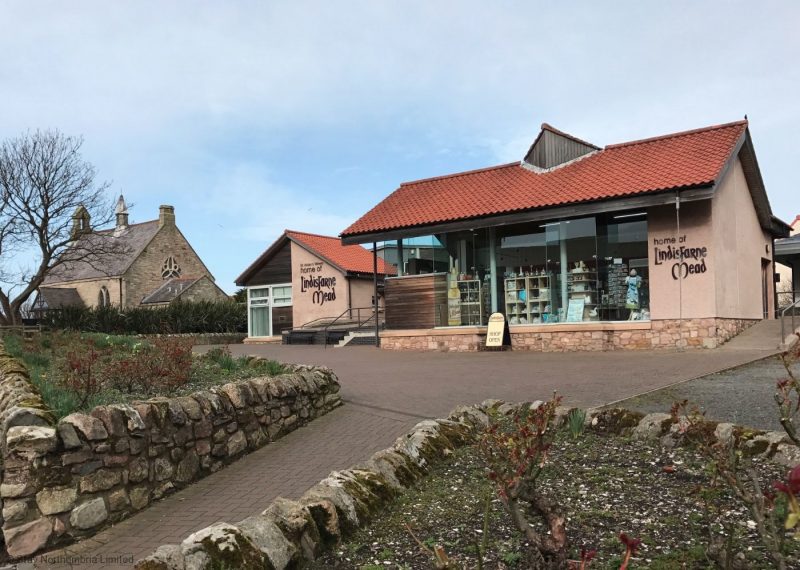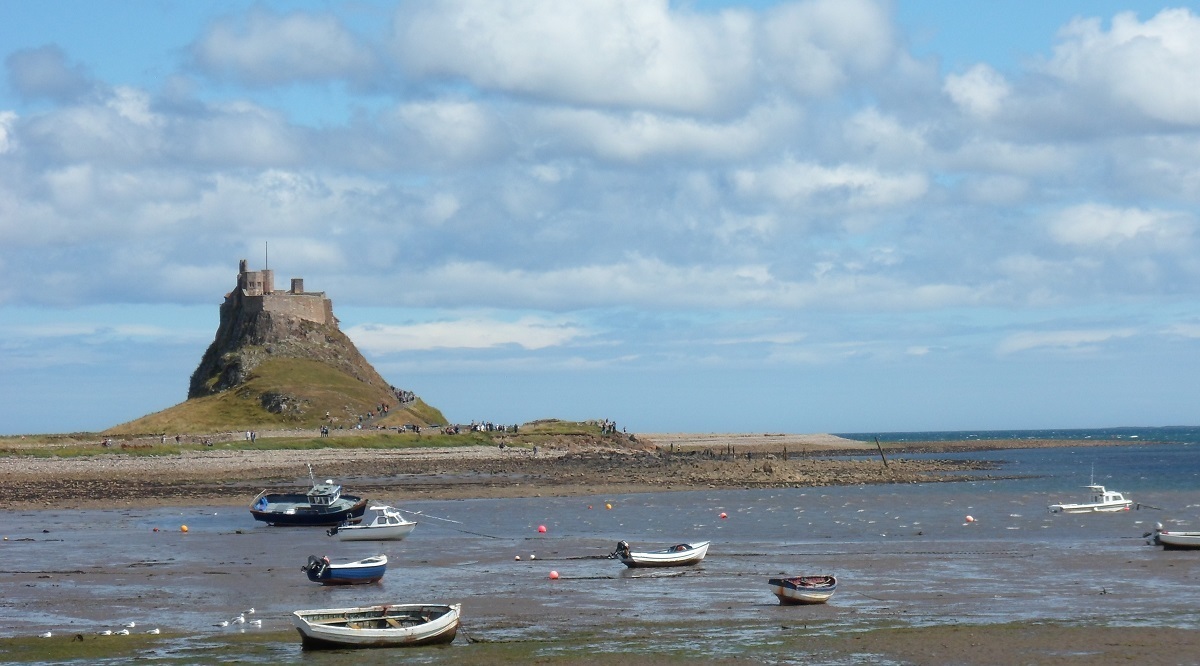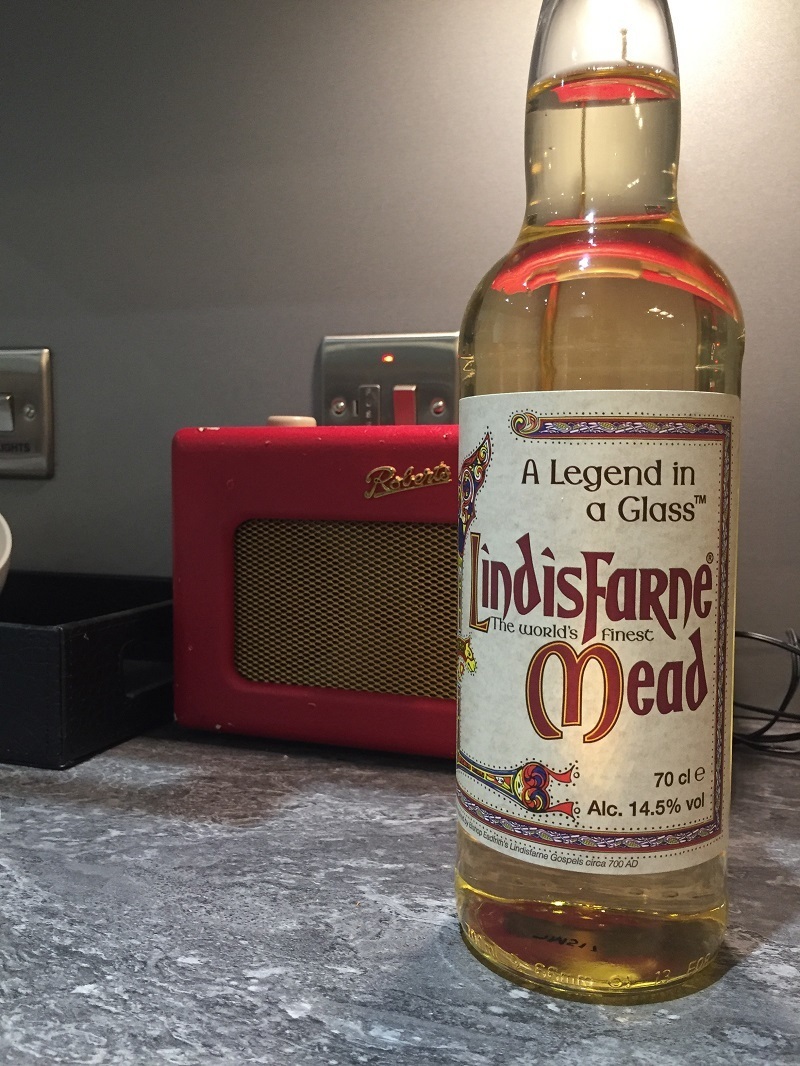
Based on some strong suggestions from our British contingent, we’ll be taking a look at the famous Lindisfarne Meadery, the so-called ‘Legend In A Bottle’ which hails from a tiny, wind-swept island and pilgrimage site in the North-East of England.
When it comes to historical credentials, Lindisfarne Mead is pretty hard to beat. Situated in a small borough on the very northern tip of England on Holy Island, the Lindisfarne meadery has wonderful bay views from the 16th century citdel Lindisfarne Castle, and has been run by an order of monks who have been distilling the island’s honey for well over a thousand years. Holy Isand itself was the location of the first Viking conquest of Northumbria back in 797 A.D – the event which kick-started the Viking age of Britain.

Lindisfarne Castle
The distillery makes a big deal out of their history and connection to these times. Indeed, the bottle itself is decorated with medieval patterns inspired by the Lindisfarne Gospels; a series of ancient religious texts famed throughout the world for their beauty and intricacy.
Despite their long lineage in the world of mead, there’s actually been some real controversy surrounding Lindisfarne Mead recently, which all came to a head when the monks tried to export their produce to the US a couple of years ago. The issue came down to whether or not this ‘legendary’ drink could really be considered mead at all, as it is blended with fermented grape juice and herbal extracts, and not simply made from distilled honey.
The monks got around this by changing the name of the US export to ‘mede’ (the medieval spelling of mead), and backing themselves up with plenty of examples of historic drinks made in a similar way.
Admittedly we’re more than a bit finicky here about our favourite drink, so we’ll overlook this controversy just this once, due to the backstory of this amazing place and the damn cool aesthetic design on the label.

Lindisfarne Bottle
Lindisfarne Mead comes in a few different styles (including a spiced version which is excellent for mulling), but we’re going to be reviewing the standard version today, which should be drunk slightly chilled and preferably while taking in a rugged view of the tempestuous North Sea. If you can’t manage that, then your own living room would probably do just as well.
Interested in how it tastes? Check out our review of Lindisfarne’s original traditional mead recipe
Paul is an native Brit that has upped sticks and moved America. After many years of trying to have the locals use correct English he has given up and now focuses his efforts on converting people to drive on the left; One person at a time. He is part engineer, part dad of twins and all sarcasm. Mead has become a passion of his, making, drinking, sharing and drinking. (that’s right 50% more drinking than anything else.